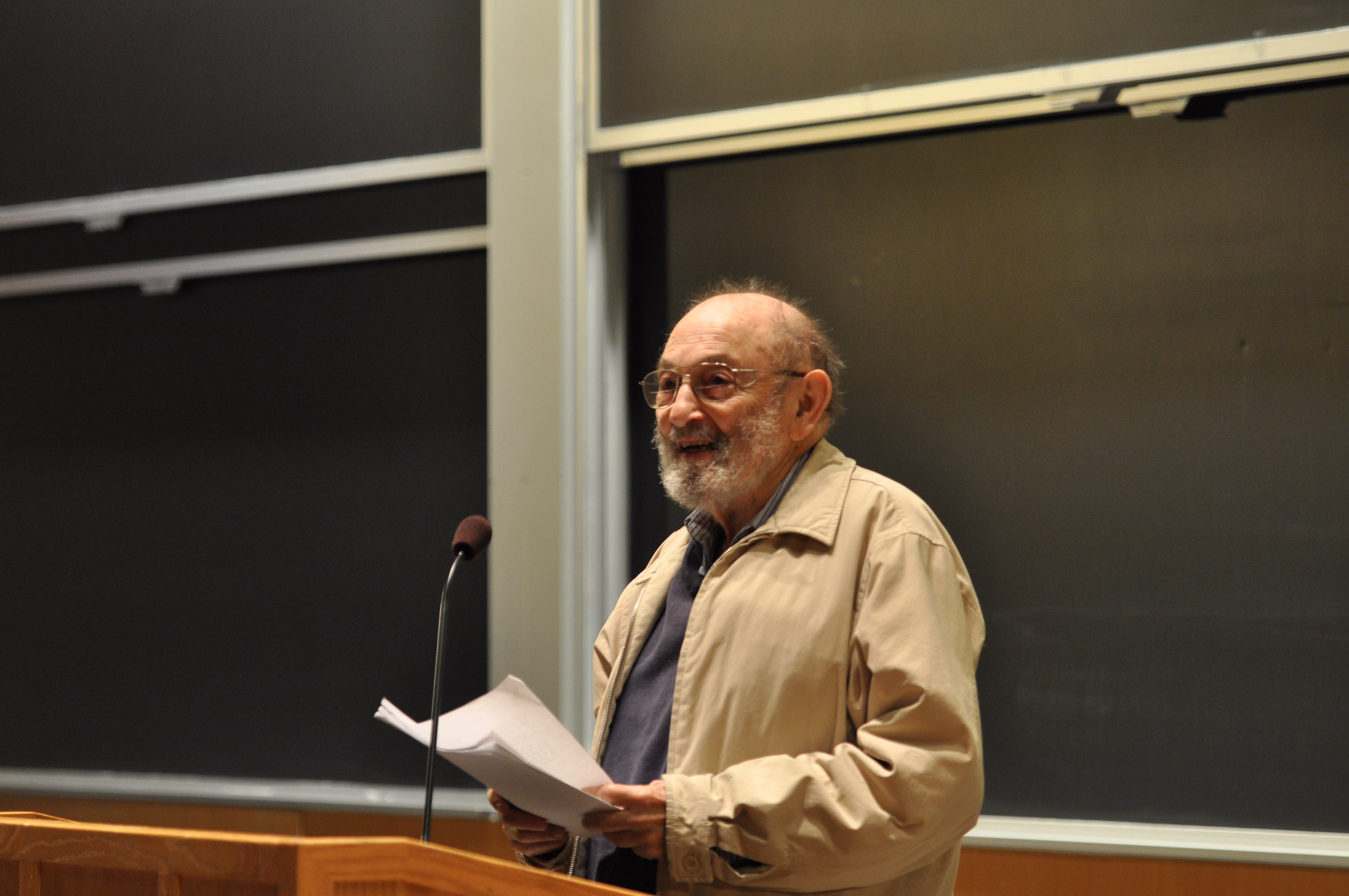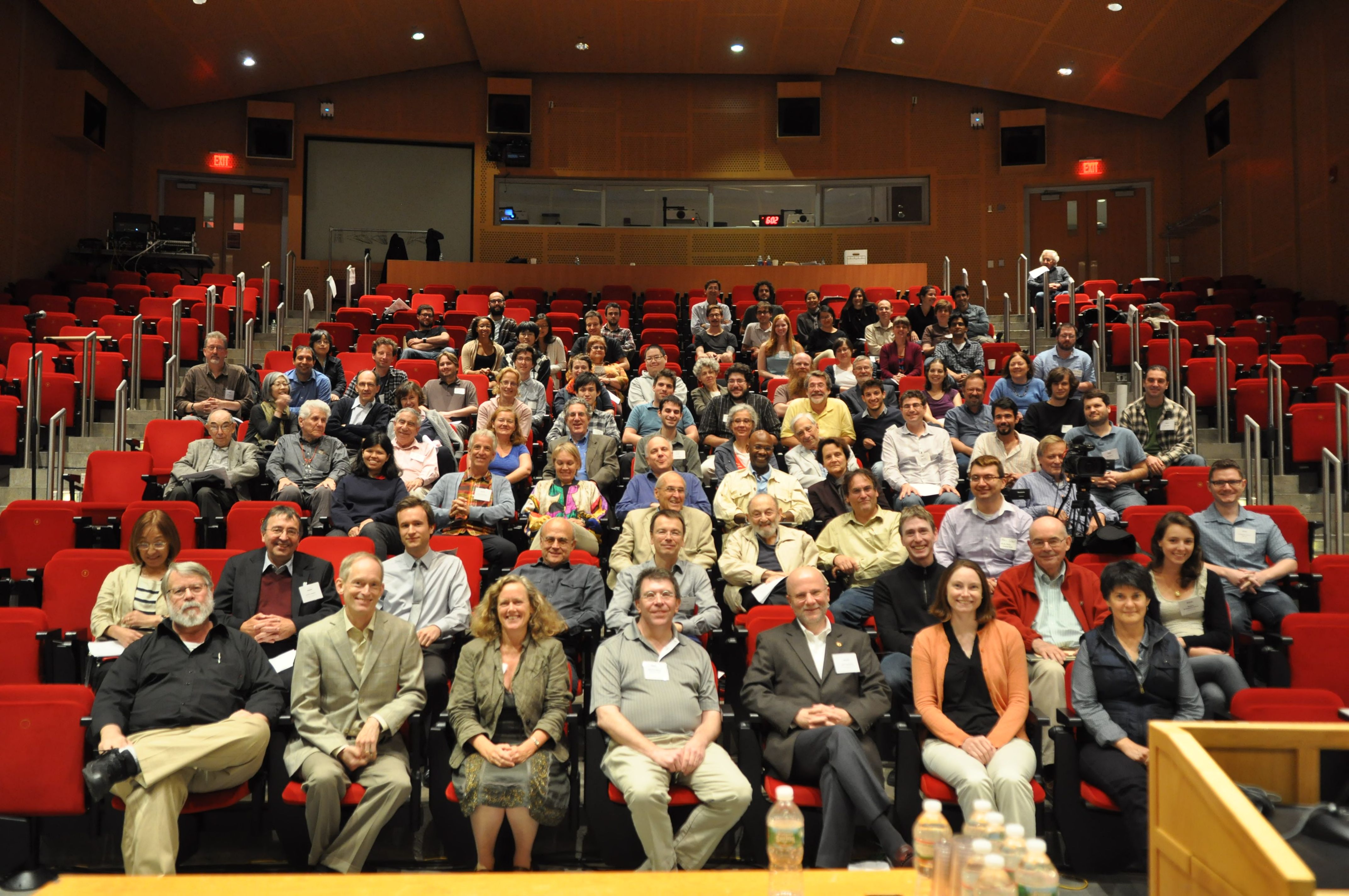Speaker: Gaja Jarosz (Yale/MIT)
Date/Time: Monday, Sept 23, 5:30p
Location: 32-D831
Gaja Jarosz will lead a discussion of her recent Phonology paper, “Learning with hidden structure in Optimality Theory and Harmonic Grammar: beyond Robust Interpretive Parsing.”


